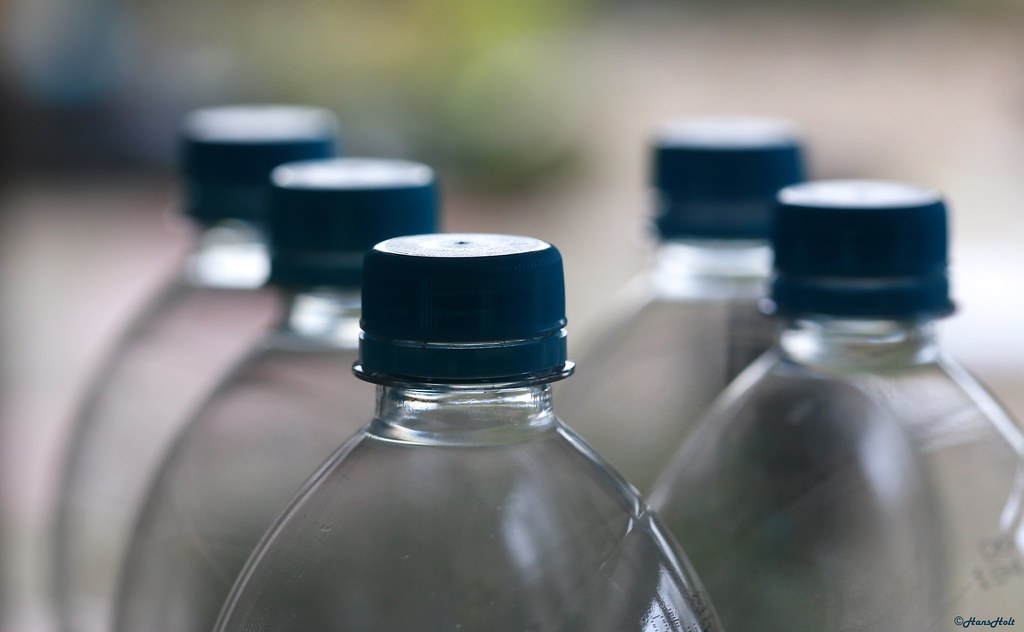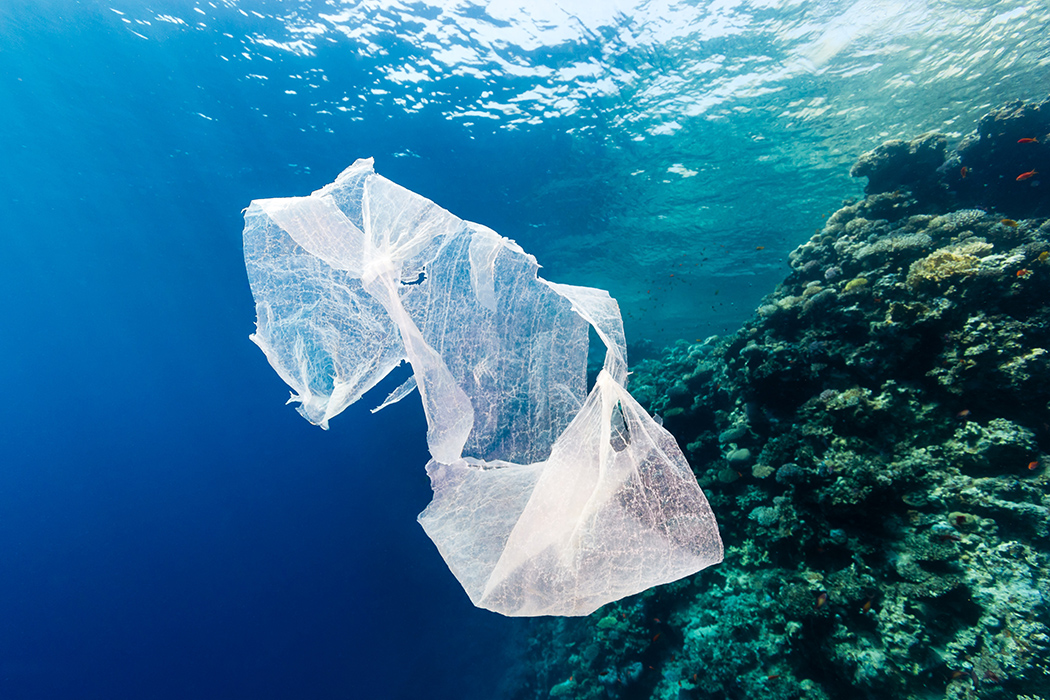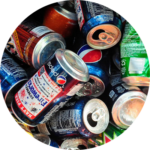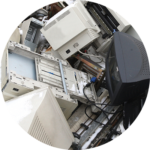Compared to plastic, cardboard and paper are just a blip on the radar when it comes to recycling and climate change. Plastic as a whole is far more damaging and is produced in much greater quantities than paper products. Its production also requires more resources, including oil, gas and coal, each of which have their own prominent impacts on climate change and the sustainability of our planet. Plastic also has catastrophic implications for the world’s marine life. Recycling plastic is a crucial element which it comes to thinking about a sustainable future for Australia.
In 2010, Australia recycled 288,194 tonnes of the 376,000 tonnes of plastic packaging produced – roughly 76%. While this is a larger percentage than paper and cardboard, it could still be much higher. Here are some key factors in regards to recycling practice in Australia.

Photo source HansHolt via Flickr
Recycling plastic responsibly can have excellent environmental benefits. The numbers are clear, the recycling process is far easier than producing from raw materials and can make all the difference in the world.
The Facts
• Making PET (polyethylene terephthalate) bottle from recycled materials uses 84% less energy than producing from raw materials.
• By recycling just one plastic bottle you can save enough energy to charge your computer for 25 minutes.
• One tonne of recycled plastic will save enough energy to run your fridge for one whole month.
• Recycling 125 milk bottles will yield enough plastic to make a 140 litre bin.
• It can take up to 500 years for plastic bottles to disintegrate in landfill.
• It is estimated that for each square mile of our oceans there are up to 46,000 pieces of plastic waste floating around.
• Making plastic from recycled plastic instead of raw materials saves up to 90% of water usage and energy consumption by up to two thirds.

The Process: How Is Plastic Recycled?
Step 1: Collection
Plastic is collected from homes, offices and industrial spaces by a dedicated rubbish removal service, then is taken to a recycling facility.
Step 2: Sorting The Plastic
Plastic is then separated from other materials and sorted into different polymer types which affect how the plastics can be melted and moulded.
Step 3: Baling
The plastics are then compressed into bales then sent to a processor in order to remove any contaminants.
Step 4: Shredding
After contaminants have been removed, the bales are then shredded, washed and passed under a large magnet to remove any metals.
Step 5: Processing
The plastic is then melted down and passed through a large ‘extruder’ which presses the plastic into smaller sections. It is then cooled, compressed and cut up into small granules.
Step 6: A New Product
These granules are extremely versatile and can be spun into fibres to make new plastic products.
There is no reason why households and offices shouldn’t recycle 100% of their plastic waste products, and considering the environmental benefits it is our duty to do all we can to strive for a more sustainable lifestyle.
• Statistics sourced from SITA.
If you have large quantities of plastic recycling to remove from your house, or have a continuous flow of waste being produced in your office or workplace, contact us today or book a free quote online. Sydney Rubbish Services are more than capable of getting the job done right and in a eco-friendly manner.







